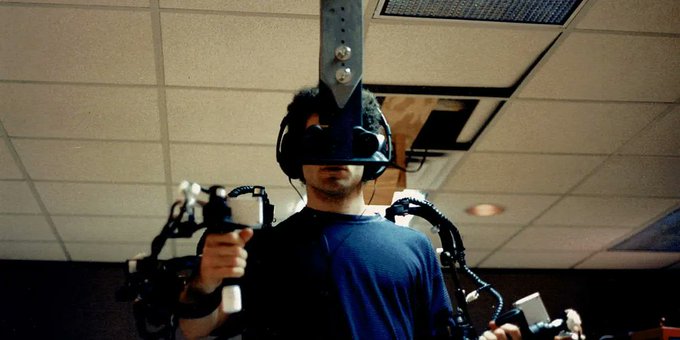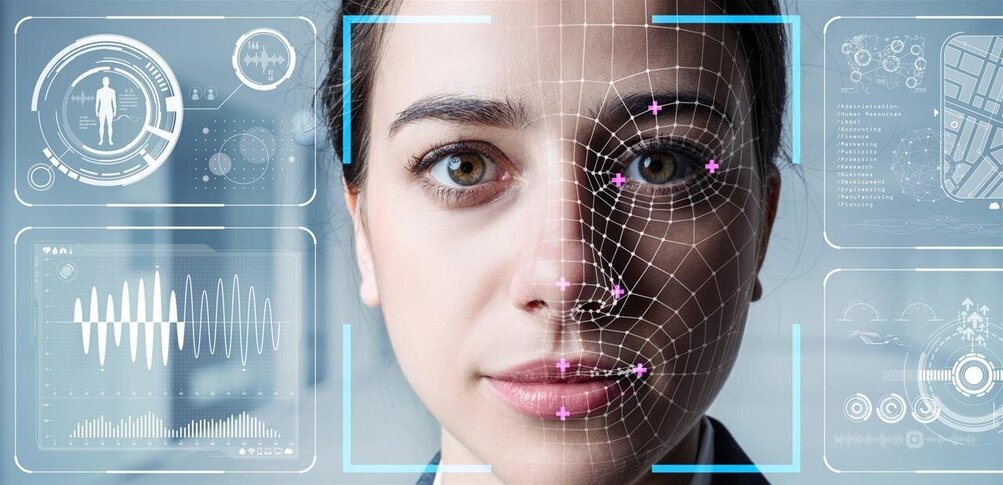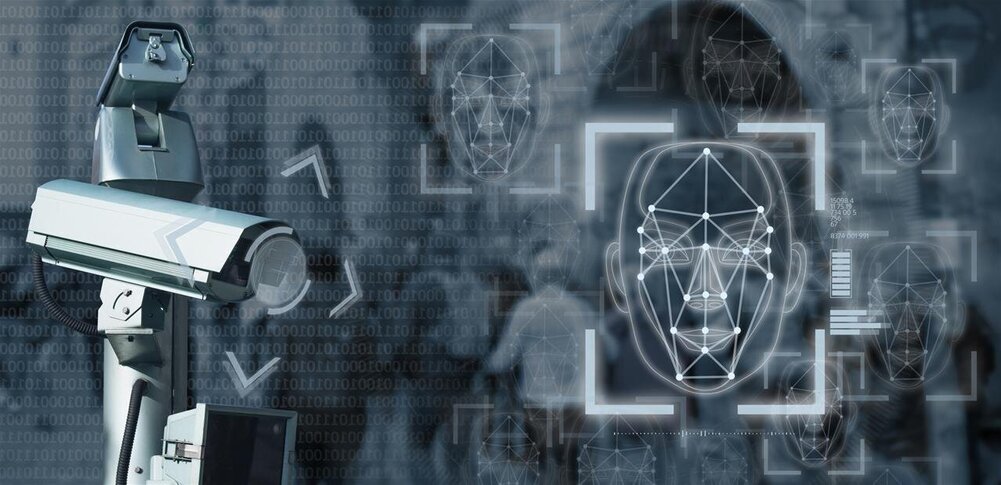ICLIMB INTO an upper-body exoskeleton that’s covered in sensors, motors, gears, and bearings, and then lean forward, tilting my head up to press my face against the eyepieces of a vision system hanging from the ceiling. In front of me, I see a large wooden board, painted black and punctuated by a grid of metal holes. The board is real. So is the peg in my hand that I’m trying to move from one hole to another, as fast as I can. When I begin to move the peg, a virtual cone appears over the target hole, along with a virtual surface easing toward it. I can feel the surface as I slide the peg along it toward the cone and into the hole.
This was the Virtual Fixtures platform, which was developed in the early 1990s to test the potential of “perceptual overlays” to improve human performance in manual tasks that require dexterity. And it worked.
These days, virtual-reality experts look back on the platform as the first interactive augmented-reality system that enabled users to engage simultaneously with real and virtual objects in a single immersive reality.
Mots-clés : cybersécurité, sécurité informatique, protection des données, menaces cybernétiques, veille cyber, analyse de vulnérabilités, sécurité des réseaux, cyberattaques, conformité RGPD, NIS2, DORA, PCIDSS, DEVSECOPS, eSANTE, intelligence artificielle, IA en cybersécurité, apprentissage automatique, deep learning, algorithmes de sécurité, détection des anomalies, systèmes intelligents, automatisation de la sécurité, IA pour la prévention des cyberattaques.






